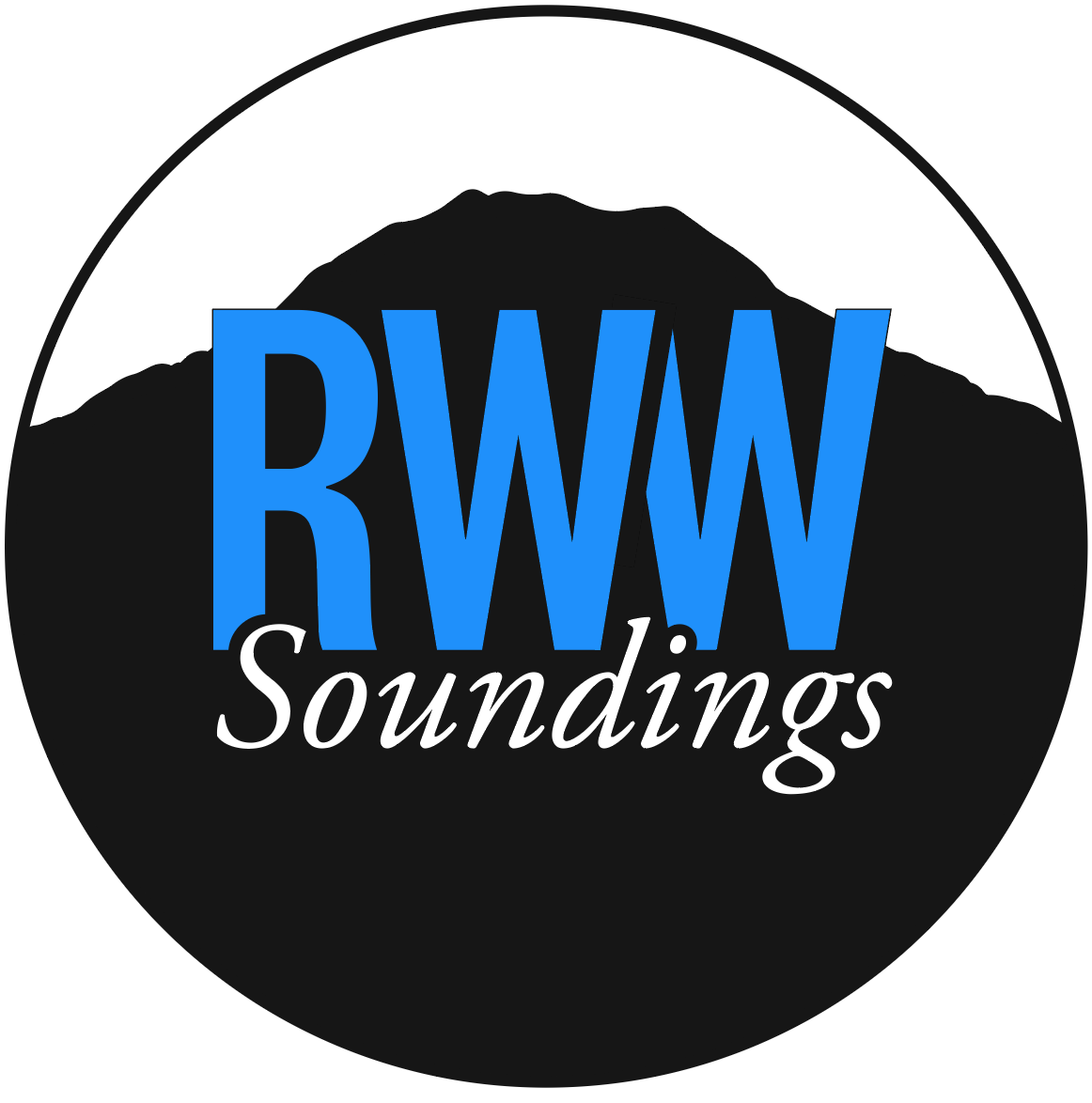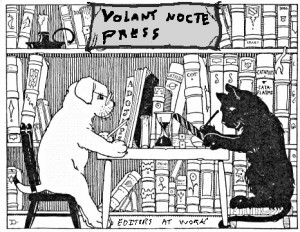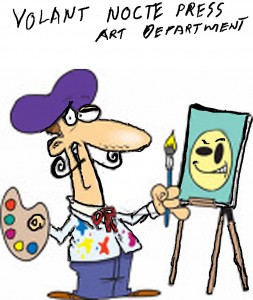EBook Publishing – Good News and Bad News
Anyone but a hermit living in Antarctica with no Internet access is probably aware that the eBook business is exploding. Trade magazines and writing magazines cannot seem to put out enough on the subject. But what does this market explosion mean to the serious writer?
It’s a good news/bad news scenario (isn’t it always?).
The good news is that the growth of eBook publishing probably increases one’s chances of getting published by a real publisher—albeit a small one. There are a huge number of eBook-only publishers springing up, as well as small presses with print and eBook offerings, but when deciding to whom one submits, be careful! The bad news is that distinguishing between the legitimate publishers/presses that are recognized by booksellers, reviewers, and critics versus the do-it-yourself (DIY) shops that are out there is not always easy.
EBook-only Publishers
When searching for a reputable eBook-only publisher, first look very carefully at how many titles the venue is publishing. Too many is a warning sign; the venue is probably close to being a DIY shop that is taking a cut. That means there is likely no quality control in either the manuscript screening or the eBook creation process. One venue (I’ll call them Volant Nocte Press* to protect the guilty) claimed to be a real publisher with quality filtering, but came under fire when a lawyer submitted the same paragraph repeated over 200 pages as a “book”—and Volant Nocte Press accepted it!
An eBook-only publisher worth anything will edit an accepted manuscript—perhaps not a line edit, but a writing workshop-type of edit. A good editor will make one a better writer by asking tough questions. This is not to say that a good editor will make one’s product sell more (given the continued sales success stories of unfiltered self-published writers). However, a case can be made that three or four outliers in a pool of DIY authors many times the size of a stable of publisher-represented authors may not guarantee the commercial quality of the pool itself.
A savvy eBook publisher will also view your manuscript with eBook formatting in mind, which is important because the reading devices themselves will start to utilize a new software standard, ePub 3.0, which was adopted last fall. The automated tools for ePub 3.0 are not out yet (even with Adobe’s recent version 6 of their product suite), but once readers utilize the new format, a plethora of tools will follow. The typical full generation adoption of a new standard is often 18 months. EPub 3.0 allows for complex formatting, embedded voice and video, and the continued blurring between a book and an interactive application. Many writers will want to take advantage of these new features; poets and prose writers will have expanded opportunities with this new software. The bad news here: what a writer may have already learned about eBook formatting last year, or even today, will soon be out-of-date. That’s why having a publisher who understands the new format is a plus. If one goes the DIY route with anything but a pure text manuscript, then read up on ePub 3.0 and stay current on the eReaders that embrace this technology.
Do-It-Yourself ePublishing
The DIY shops have some amazing technology and the final product can often look and read great, but the DIY shop has no filter in terms of quality control over material published. My dog could submit to the DIY presses, as well as my six-year-old. Both of them might actually produce better cover art than some of what is published via a DIY shop. When quality control is lacking in cover art decisions, one’s online marketing success can be seriously hindered.
That said, there are three pure, but reputable, DIY-only shops: CreateSpace (Amazon), Lulu, and Bookbaby. All allow you to print your book as well as publish it electronically, which is a good option to have. Bookbaby has a nice history with independent artists because of its CDBaby sister company—an effective marketing and distribution tool for composers and musicians.
The good news about DIY publishing is that a book can be submitted to three retailers allowing a writer to reach 96% of the eReader market: Amazon, Barnes and Noble, and Apple. The barriers to getting to those sales venues are no more significant for a small press than they are for a large press. That is a huge recommendation for DIY, and it is due to “agency pricing” (despite a misguided lawsuit by the Justice Department). Yes, initially the price of books went up as the big five publishers regained control of pricing—for their product—but it levels the playing field for all publishers, small and self-published. This is why so many small eBook-only publishers have been springing up. The barrier to the sales channel no longer exists. Publishers no longer need wholesalers and there is no wholesale price.
Small Book Publishers/Presses with Print and eBook Offerings
The best small publisher for eBooks is one whose product is not limited to eBooks, i.e., a small publisher that really understands eBooks, yet still produces print books for market perception (sometimes at a loss or break even). This aspect should help limit the pool one examines for submission. The work receives better editorial and marketing attention when published by a small book publisher, often more than with a major publishing house. This kind of “boutique” relationship is beautifully described in a High Brow Magazine article, “Smaller Publishing Houses Provide for a Rich, Diverse Literary Landscape.” If one is willing to make the research effort and take the risk of submitting to unknown small presses or ePublish-only presses, there are a lot of new kids on the block to consider. The Publishing a Book is an Adventure website listed almost a hundred ePublishers last year and, in 2012, that number has risen.
The question a serious writer has to ask is, “Is it all about the money?” Amanda Hocking, a longtime self-published writer of paranormal romance and young adult fiction, has indicated that it is not all about money, even though she is still the U.S. poster child for self-publishing success (having earned two million dollars in one year after self-publishing her nine books). Recently, though, Hocking signed with the print publisher, St. Martins Press, and in an interview in January, she sounded relieved to have at last received some help with the editing process. “It drove me nuts, because I tried really hard to get things right and I just couldn’t. It’s exhausting.”
Kate Coursey, a 19-year-old who considers herself part of the eBook generation and has the savvy to self-publish, has a blog called “Kate Coursey—Weaving Colors: the Journey of a Teenaged Novelist.” Her recent blog entry entitled “Self publishing vs. traditional – why I chose traditional” lists eight reasons why, in her opinion, the traditional publisher still has value. Three are noteworthy: “Objectivity,” “Editing,” and “Push.” These all exist with a good small press or eBook-only publisher (remembering that not all eBook publishers are the same). “Push” means that an editor is pushing the writer to get done with changes, setting deadlines, keeping the writer’s feet to the fire, and forcing a writer to accept that perfection is unattainable and to focus on getting it “better than it was.”
The worst news about ePublishing is that the noise level is very loud for eBooks, meaning that the enormous glut of books out there, every year, selling from 99 cents to $2.99, may lower the odds of one making a great living via selling one’s books. The better news, though, is that the odds of one making some money, instead of none, just went way up. This, of course points to another benefit of working with a small press or eBook-only publisher: they master the technology and the market for the writer, so that the writer can concentrate on writing.
*Volant nocte is Latin for “fly by night” –Ed.
Stanislav (Stasa) Fritz is an RWW participant going into his thesis year. He is co-founder of New Libri Press, an infinitesimal eBook and print publisher. His past work includes executive vice president and CTO positions with technology and Internet companies, where he provided a biased and warped viewpoint on all things technology. [And he’s pretty good at creating graphics, too! Thanks!—Ed.]
![]()
![]()
![]()



